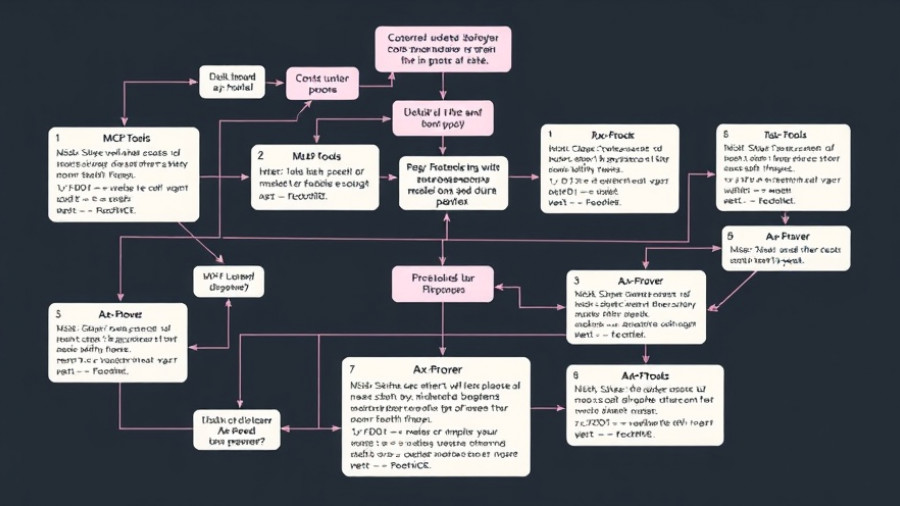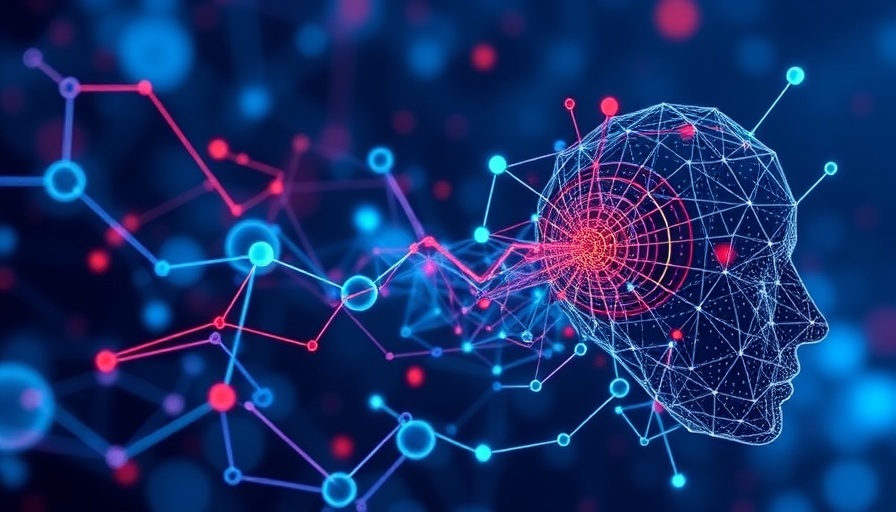
Advancements in AI: Beyond Simple Responses
The landscape of artificial intelligence is evolving at a rapid pace, transcending the traditional realms of mere question-and-answer interactions. In this new wave of AI capabilities, two standout features are gaining considerable attention: advanced reasoning and deep search. These features aren't just technical improvements; they signify a lightning surge in AI's ability to handle complex problem-solving and intricate information retrieval—right into everyday applications that benefit users like you and me.
Understanding Advanced Reasoning in AI
Advanced reasoning is more than a buzzword in the AI community. It represents an AI's capability to mimic human thought processes, navigating through layers of context, clues, and evidence to arrive at conclusions. For instance, the latest iteration from Elon Musk's xAI, known as Grok 3, showcases this prowess with features designed to dissect complicated problems into manageable parts.
A practical demonstration of this capability is evident when comparing Grok 2 and Grok 3. In a simple task like identifying dog breeds with names ending in 'i,' Grok 2 made errors by misidentifying names, while Grok 3 displayed a systematic breakdown of the problem, showcasing its intermediaries and reasoning. This evolutionary leap not only enhances the accuracy of answers but also instills a level of transparency and trust in AI interactions.
What Makes Grok 3 Stand Out?
According to sources including Computerworld and Daily.dev, Grok 3 boasts more than ten times the computational power of its predecessor. This significant boost allows for better handling of math, science, and coding tasks, surpassing benchmarks in these areas. xAI emphasizes that Grok 3 outperforms competitors including Google’s Gemini, OpenAI’s GPT-4, and DeepSeek in these critical domains.
The introduction of Grok 3 transforms AI performance by incorporating advanced reasoning techniques and enhanced search functionalities. Users can choose a “Think” mode for standard interactions or a “Big Brain” mode for more complex inquiries. This flexibility showcases how far AI development has come, resembling human-like cognitive functions in processing and decision-making.
Deep Search: A New Era of Information Retrieval
Deep Search is another revolutionary feature that elevates the capability of AI beyond traditional web search functions. Unlike standard AI models that simply regurgitate information based on historical data, DeepSearch accesses real-time information across platforms, including social media, thus providing a richer and more accurate context for every query.
As Grok 3 combs through vast datasets and current social network activities, it emerges as a potent tool for users to reclaim countless hours they would otherwise spend sorting through conventional search result pages. By offering curated insights and relevant connections, DeepSearch ensures that users receive comprehensive responses tailored to their unique needs.
Comparative Analysis: Grok 3 vs. Rival AI Models
The competitive AI landscape is mounting, with Grok 3 entering an arena filled with established names like GPT-4 and Claude. The focus of Grok 3's launch is not only on its advanced reasoning and deep search capabilities but also its application across various fields, including education, software development, and scientific research.
While Grok 3's performance in logic and reasoning tasks has been widely applauded, the challenge remains: how can typical users leverage these advanced features effectively? Both Grok's advanced reasoning and DeepSearch functionality require an appreciation for their capabilities to harness their full potential. Therefore, understanding how these AI tools process and deliver information becomes crucial.
Future Predictions: Where are We Headed?
As we assess the evolution of these AI systems, predictions indicate an increasing shift towards agentic AI, where AI not only assists but actively participates in decision-making processes. The pathway for developing tools that can align with both autonomous functioning and human needs is rapidly broadening.
The anticipated rollout features—voice mode for natural interactions and more profound API integrations—hint at a future where user interactions will seamlessly blend with AI reasoning capabilities. As the demand for innovative automated solutions grows across various sectors, Grok 3 is well-poised to guide us through the complexities of this newfound territory.
Conclusion: Embracing the Future of AI
As technological enthusiasts and consumers of AI tools, understanding advancements like Grok 3's deep reasoning and searching capabilities allows us to appreciate clearly how they enhance our lives. By embracing the potential these technologies hold, we open avenues for smarter problem-solving and more efficient information gathering.
It’s an exciting time to be aware of these developments in AI, and staying informed will only become increasingly valuable in our fast-paced digital world.
 Add Row
Add Row  Add
Add 




Write A Comment